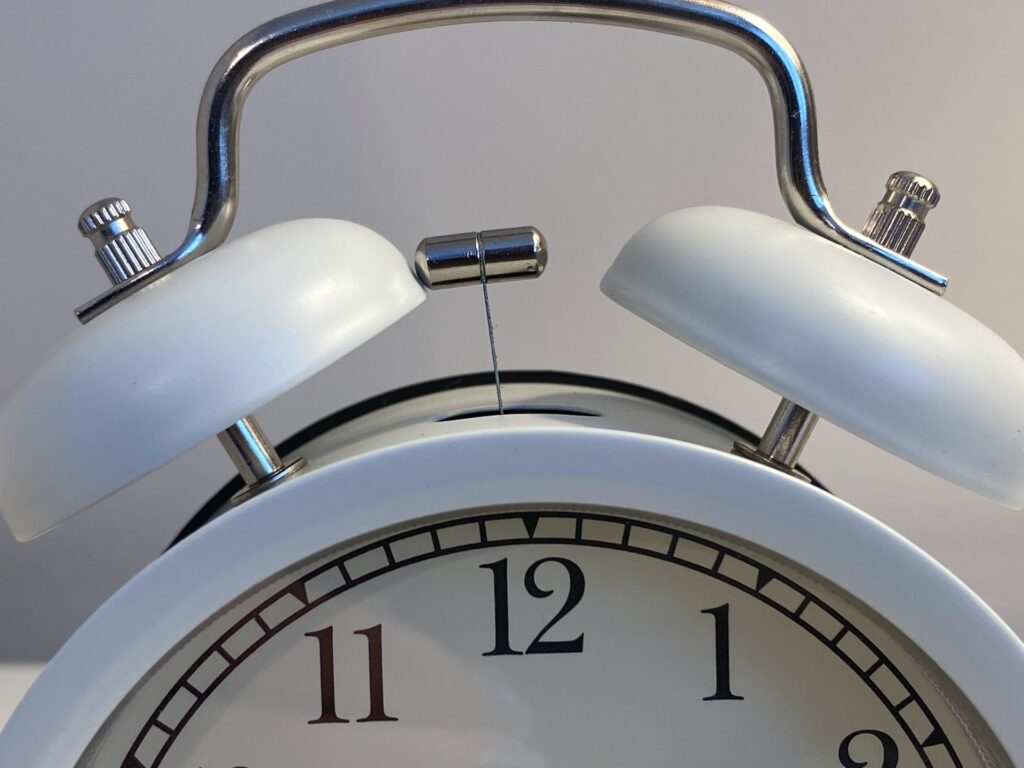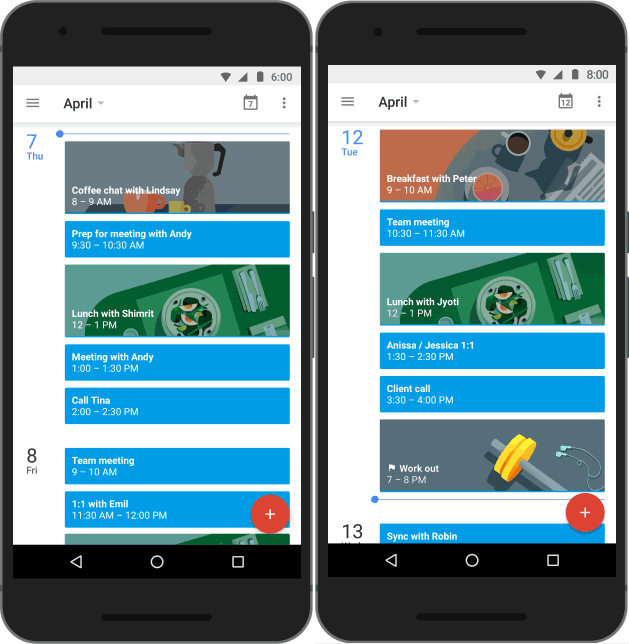
The last three years have been quite unproductive for me. So I decided around August of 2020 to turn things around. With lockdown in full swing and the Pandemic having hit everyone. I figured now’s as good a time as any to get my shit together. Order from chaos, so to speak.
Having decided that, I did what every person who wanted to get a little more productive did. Went down a youtube rabbit hole. YouTube’s productivity spiral is a slippery slope. There, one of the first things I learnt was that I needed to create a schedule and maintain a calendar. Scheduling and discipline weren’t new to me but downloading a habit tracker application and incorporating it as a part of my life was. Flooded with options for habit trackers I felt lost. I couldn’t decide which one would be right for me. From Google Calendar’s goals to Notion’s versatility of being an all-in-one and Habitica’s in-app RPG mechanics. Not to mention the no-nonsense traditional approach of pen and paper. The options are countless. It seems humanity across the globe has a problem with sticking to habits. Which is reassuring and worrying at the same time.
I gave a few of the habit tracker applications a try for a week and settled on Google Calender’s goals. It had reminders and when I was too busy it automatically tried to find a later time for me to complete my habit. Granted once you start blocking your day out in google calendar it does get messy and finding a later time gets challenging. However, since it also doubles as a calendar and syncs with my Gmail account. I could access my schedule on any device. I used Google Calendar diligently for about 2 years. There was one feature that I loved in Calendar: Goals. Which is the habit tracking feature of Google calendar. Every time you received a prompt for a goal and you marked it as done, you could see a small little progress circle fill up. The Goal on your schedule for the day would be crossed out as well. For example, if I wanted to swim 5 times a week and only did it twice this week then goals would show a little circle filled two-fifths of the way with ⅖ written at its centre. That little sense of progress every week was very encouraging. Filling that circle felt good and gave me purpose. While I have many positive things to say about Google Calendar there were also a few shortcomings that I noticed.

With Google’s recent announcement that Goals would be leaving Calendar from November 2022, I decided to find a better alternative. Though the company suggests its users schedule recurring events as an alternative. It isn’t the same. The events in Calendar cannot be marked as complete and do not cross out within the application. Nor does it display any sense of progression. It just remains as a single solid indestructible block on your schedule for the day. Taunting you every time you open the calendar. No matter what colour I picked for the events they still seemed intimidating and relentless. I figured this was as I couldn’t see if I had completed them or not. I had no sense of whether or not the event was done. I knew that I had completed them but the cathartic release of striking it off the list was missing. Google Calendar will go back to being a calendar application without any habit-tracking features.
I certainly didn’t want to take that plunge back into the YouTube productivity rabbit hole and find a new habit tracker. Just to rework my life around it. I wanted a habit tracker that works around my life and reads my calendar to check if I have completed the habit I have assigned myself for the day. Something that gave me a visual sense of progression. On a weekly, monthly, yearly and since the beginning of my journey scale. Something I could take one look at and see how far I’ve come and how much I still have to go. At the time I was learning web development and thought it would be a fun challenge to build a habit tracker of my own. A habit tracker that I wanted to use. And thus was born Sisyphus.

The idea behind it is similar to the myth of Sisyphus. Habits are things we do everyday regardless of the day. A habit tracker is usually used to help build habits people think are good or beneficial for themselves. Building, developing and learning a new habit can be arduous, painful, frustrating and laborious. But just as Albert Camus stated in his essay on ‘The Myth of Sisyphus’ in 1942.
This universe henceforth without a master seems to him neither sterile nor futile. Each atom of that stone, each mineral flake of that night-filled mountain, in itself, forms a world. The struggle itself toward the heights is enough to fill a man’s heart. One must imagine Sisyphus happy.
– Albert Camus

So this is the first of a series of several posts that will document my progress in creating the Habit Tracker “Sisyphus”. I will delve into the inspiration for the application’s design, its code, the ideation process and any major significant changes or revelations regarding it.
This is a fun – side project that I am creating to challenge my newly learnt skills and foray into the world of web development and productivity. Hence updates on this project would be subject to my available free time and would be random. However, I have given myself the deadline of April 2023 to complete it. As I still have much to learn in web development and have only just begun. I ask that you bear with me till then.
Wish me luck!

